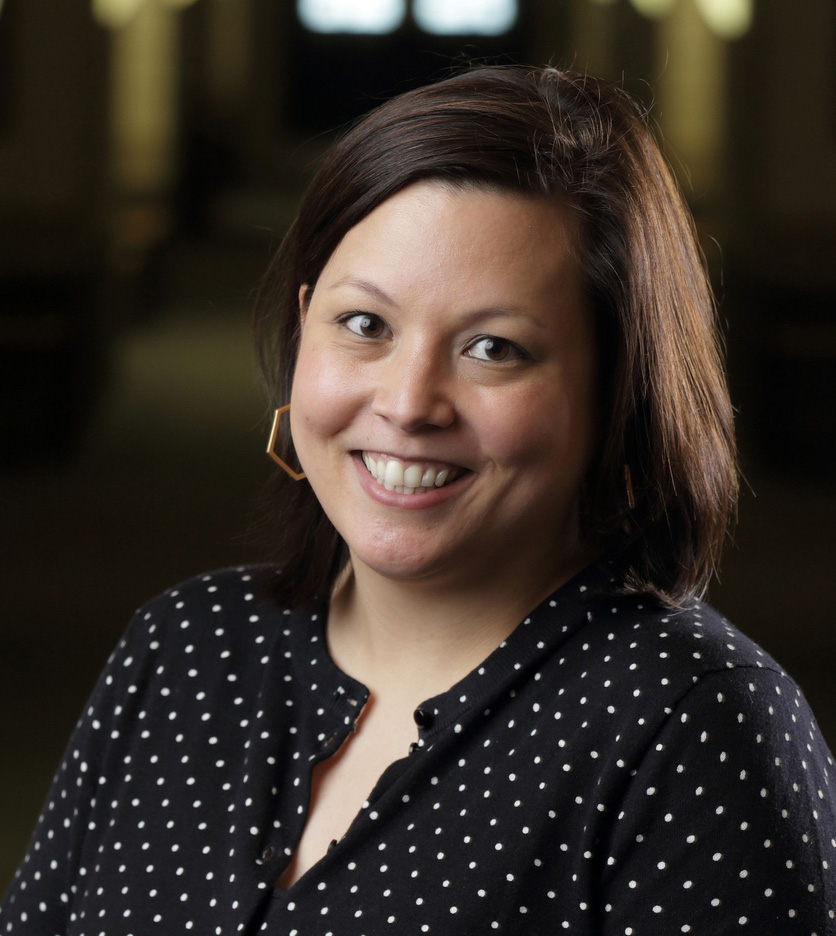Teaching with Tableau: Innovative economic education in practice
This past June, Jessica Hennessey, an assistant professor of economics at Furman University used a Tableau for Teaching travel grant to speak at the American Economic Association Conference. She then recapped her experience for us and how Tableau changed her teaching experience. If you've ever wondered how Tableau is being used in education to enhance student learning, read on! And if you want to get a travel grant for your next academic conference, contact our Tableau for Teaching team for more details.

I was teaching them how to collect data, generate summary statistics, and run regression analysis.
However, sometimes the hypothesis they were trying to test and the story they wanted to tell got muddled.
To help them clarify their research questions, I began to incorporate more data visualizations in class.
Through these exercises, students were able to:
 Jessica Hennessey, Furman University
Jessica Hennessey, Furman University
- Add context to basic summary statistics by seeing patterns
- Think about data outliers or possible omitted variables from the analysis
- Create graphics to use in their posters and papers that help hook an audience and motivate the research.
The only problem was that I was not very good at creating data visualizations myself. At the time, I felt restricted by the software we use for our econometric analysis. Then, while reading the Wall Street Journal in September of 2013, I came across an article, “Pictures Make Sense of Big Data.” This article presented several different technology companies and their software for presenting big data. After looking at each one, Tableau was the one that seemed most user-friendly and (thankfully!) offered a free academic license.
Within a week, I had explored Tableau on my own, and within two weeks I had it installed in our computer lab on campus. That month I developed a lab to walk my students through the basics of Tableau, and later that term they were using it to create graphics for their posters and papers for class.
The start-up costs to using Tableau are extremely low – not just because the academic license is free, but more importantly because it is so easy to learn the basics. As a result, I thought other professors could benefit from learning how I used it in class and how my students latched on to the software so quickly. So I wrote a paper, “A picture can be worth more than a thousand words: Integrating data visualization into an undergraduate econometrics course,” and presented it at the 2014 American Economic Association Conference on Teaching and Research in Economic Education.
This annual conference, sponsored by the Committee on Economic Education, takes a major influence from the mission of the Committee—to improve the quality of economics education at all levels. The conference draws hundreds of economics professors from across the country who are particularly invested in economics education.
I presented my paper as part of a session called “Innovate Economic Education in Practice.” Several people came up to me after the presentation to ask more detailed questions – hopefully many of them have already started to explore Tableau on their own!
I am often of skeptical of learning new software because the benefit is often narrow and not worth the cost of learning it, both for me and my students. However, because of the intuitive design, the variety of data visualization options, the ease of uploading data, the great tutorials posted on the Tableau website, and ability for students to gain knowledge of a program used in the “real” world, the benefits of integrating Tableau into my course have far exceeded the costs.
Verwante verhalen
Subscribe to our blog
Ontvang de nieuwste updates van Tableau in je inbox.








